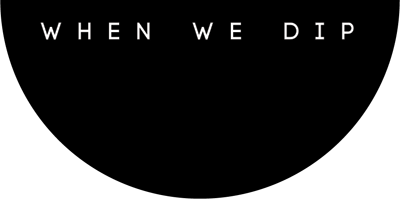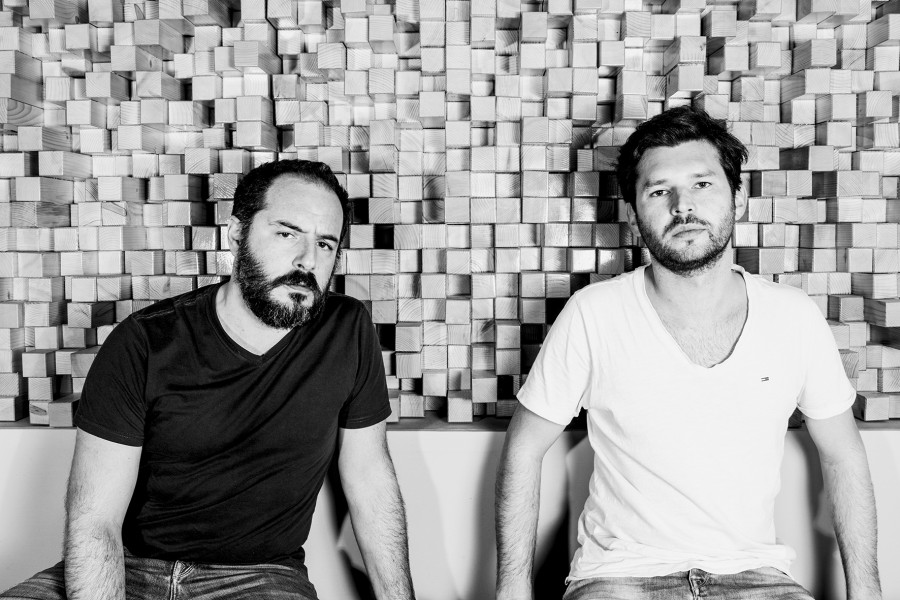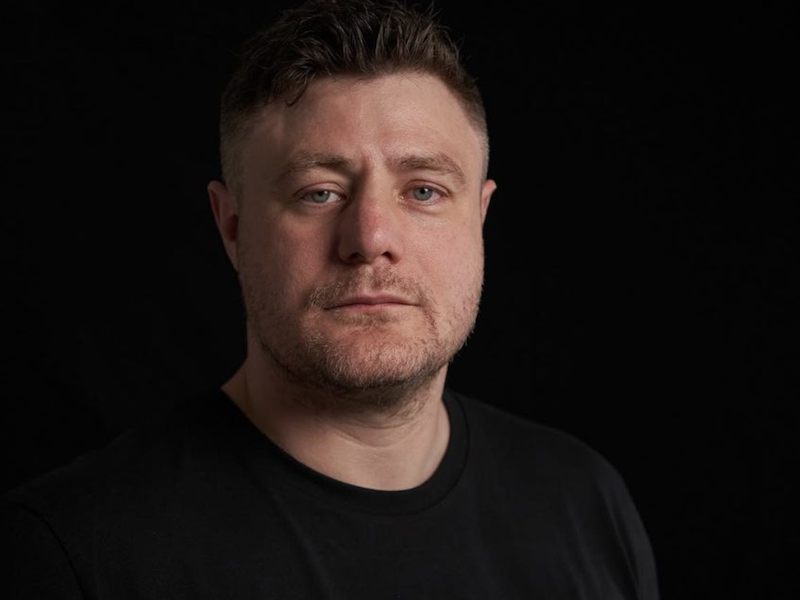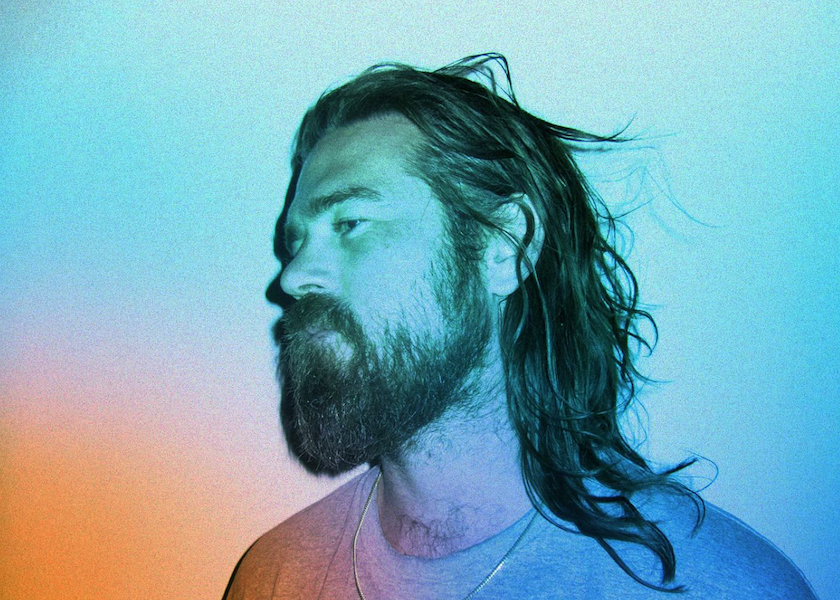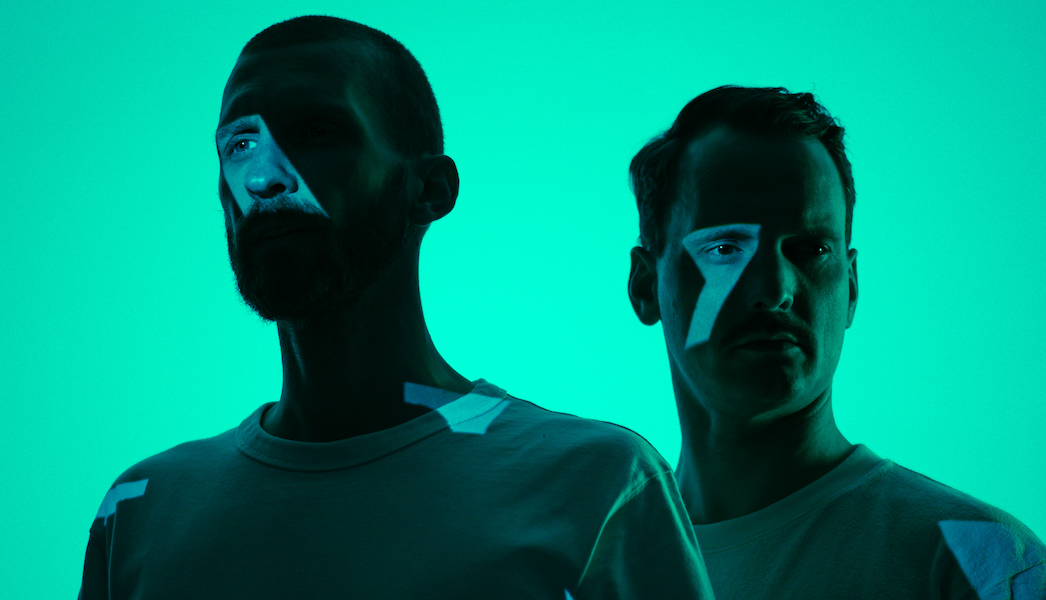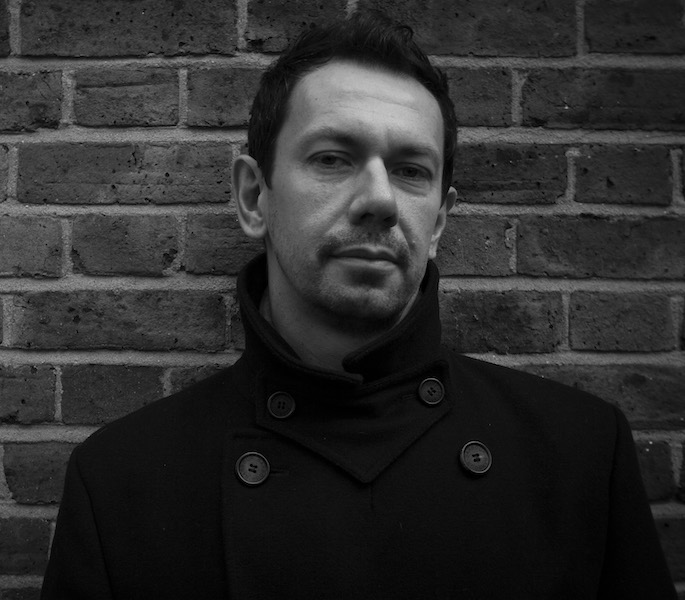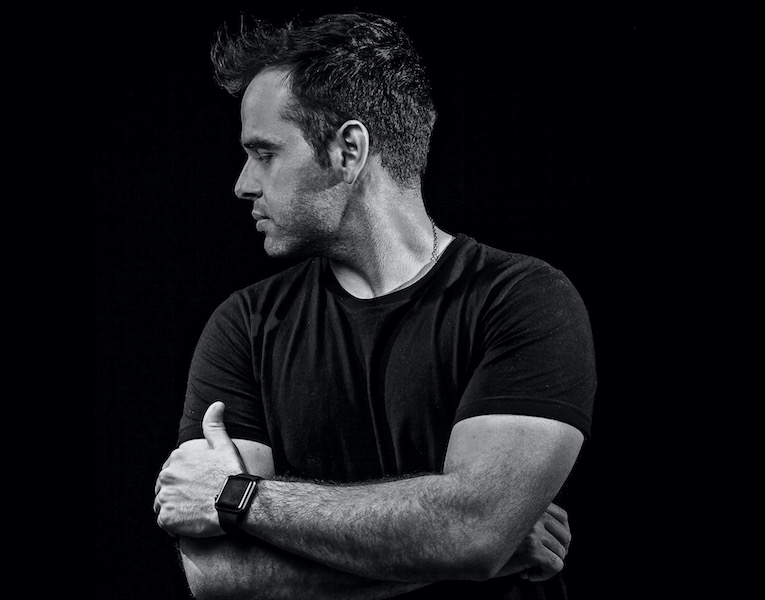Matteo Bruscagin and Visnadi team up on an exciting collaborative project this March for Guy J’s budding imprint Lost & Found. The experienced pair have put together a splendid two track EP in ‘Indian Stories/Memento’ and today, via When We Dip, you can catch the full premiere of the latter. What’s more, the boys took the time ahead of the March 25th release for a mini q&a – discussing the inspiration behind the tracks, their production process and the secrets behind their combination in the studio
WWD: Thanks for taking the time to chat guys, tell us, how did your partnership begin?
We met each other almost 10 years ago, and in 2013 (with our manager) we decided to start our own studio, Rising Park Studio. Working together on different projects (as producers) we had the chance to share our knowledge and many inputs came out from both sides. This way of working as experimentation and daily research as exchange of information and experiences gave birth to our Ep released by Lost & Found.
WWD: Talk us through the process behind putting the EP together!
It was great to work in this complementary way because each of us is specialized in something with it’s own weaknesses and strengths, and points of view. We were helping each other in every single step during the development of the tracks.
Indian Stories represents a ritual in which the Dj becomes the shaman and the listeners are the members of a tribe. People can dream and trip in a kind of state of Hypnosis depending ontheir own experiences of life and present mood, that’s why Indian Stories has no age. The idea is related to the past (Native American culture) but the present and future find a white canvas where each of us can draw his/her own story. It wants to be an individual and creative vision in which the listener, thanks to the repetitive rhythm and abstract melodies, creates a sense of meditative union.
The sound comes from every source possible that gives us inspiration, the recording is switch to ON 24/7 and this lets us vent anything that passes through our mind, it’s pure instinct, without considering where we want to go or what we have to do. Once we gather enough material, the best elements are selected skimming step by step until the achievement of what we love.
WWD: Can you tell us about some of the key tools used?
Being proper phases of experimentation, and research, we use every kind of outboard and musical instruments. We have used different tools in the production phase as sampling with our Akai S6000, we passed everything through tape with a Studer A80, and some academic digital plug in, effects and synthesizers. We don’t use only one software to make our music but we range from Ableton, when everything starts, but even pro tools for recording the samples and instruments ending up with Logic to finalize the whole work.
Follow: Lost & Found
